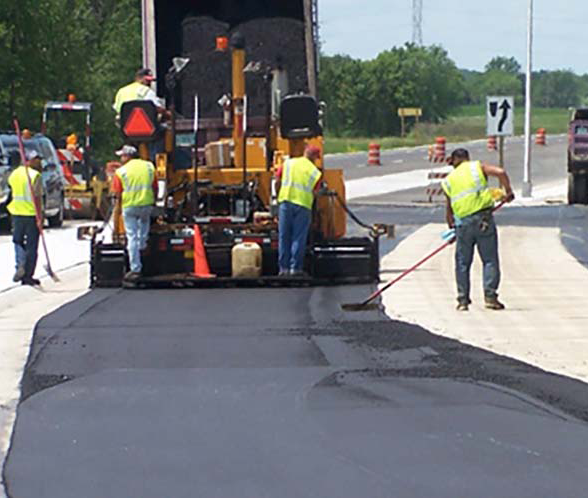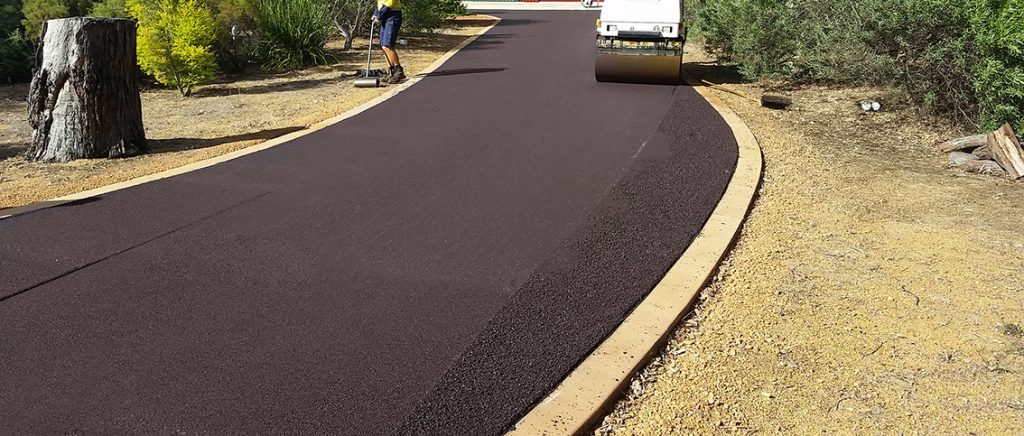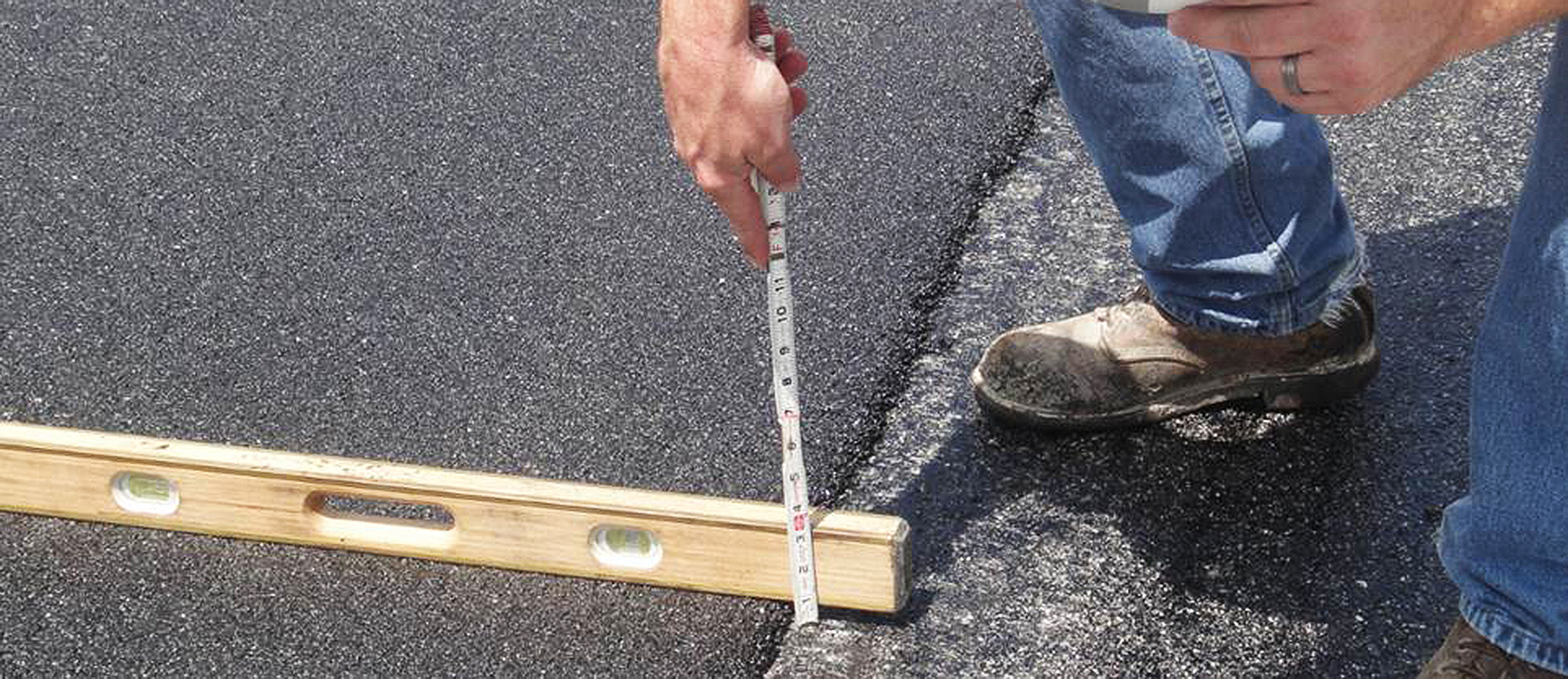Hot Mix Asphalt Paving: Your Portal to Costs Angled Parking Solutions
Hot Mix Asphalt Paving: Your Portal to Costs Angled Parking Solutions
Blog Article
Opening the Secrets of Hot Mix Asphalt Technology
Exploring the depths of hot mix asphalt technology uncovers a world where precise processes and precise formulations converge to form our roadways and facilities. The combination of fillers, binders, and accumulations isn't simply a building task but a strategic orchestration of durability and effectiveness. As we peer into the intricate dancing of parts, a tapestry of durability and sustainability unfolds. What lies under this surface area of asphaltic mastery, and what keys wait to be revealed in the realm of leading advancements?
Importance of Hot Mix Asphalt
Hot Mix Asphalt plays a vital duty in modern-day framework development due to its durability and cost-effectiveness. As the most frequently utilized leading product for roadways, highways, and vehicle parking great deals, Warm Mix Asphalt supplies an array of advantages that add to its value in building and construction jobs.
The resilience of Warm Mix Asphalt stems from its structure, which includes accumulations, binder, and filler materials that are carefully chosen and mixed to fulfill particular efficiency demands. Overall, the relevance of Hot Mix Asphalt in framework advancement can not be underrated, as it continues to be a keystone of contemporary construction techniques.
Parts of Asphalt Mixes
The structure of asphalt blends consists of meticulously selected accumulations, binder, and filler materials that are critical for achieving details performance needs. Aggregates are the main part of asphalt mixes, supplying strength and stability. These accumulations can be natural, such as gravel or crushed stone, or artificial, like recycled materials from old sidewalks. The binder, normally asphalt or asphalt cement, holds the accumulations with each other and offers adaptability and sturdiness to the mix. The option of the binder is essential as it directly affects the mix's efficiency in various weather. Fillers, such as moisturized lime or Rose city concrete, are made use of to improve the mix's workability and aging resistance. Angled Parking.
The mix and percentage of these parts play a considerable duty in establishing the quality and performance of the asphalt mix. Designers meticulously design the mix to meet certain demands, thinking about aspects like web traffic volume, climate problems, and sidewalk life expectancy. Appropriate option and harmonizing of aggregates, binder, and fillers are necessary for producing resilient, lasting asphalt pavements.
Combining and Manufacturing Methods

When the accumulations are chosen, the binder, usually asphalt cement, is contributed to bind the materials together. The binder's quality and quantity significantly impact the mix's resistance, stamina, and flexibility to ecological aspects. In addition, fillers like moisturized lime or Portland concrete might be integrated to improve particular characteristics of the asphalt mix, such as its workability or moisture resistance.
Throughout production, the accumulations and binder are heated, generally in between 250-325 ° F(121-163 ° C ), to promote blending and ensure correct finish of the aggregates. The mixing procedure needs to be extensive to accomplish a homogeneous blend that promotes the wanted efficiency characteristics of the asphalt. Numerous methods, such as batch blending or drum mixing, are used to attain high-grade and constant asphalt blends for construction projects.
Factors Impacting Asphalt Performance
Aspects influencing asphalt efficiency encompass a variety of variables that affect the sturdiness, longevity, i loved this and overall quality of asphalt pavements. One essential variable is the high quality of click this products used in the asphalt mix. The type and resource of aggregates, the binder high quality, and the ingredients all play a considerable role in establishing the efficiency of the asphalt pavement. The rank of accumulations is important as it influences the mix's stability, resistance, and workability to cracking and rutting.

Environmental problems also affect asphalt efficiency. Temperature level variations, dampness infiltration, and website traffic lots can all influence the structural integrity of the sidewalk. Style factors to consider, such as sidewalk thickness and drain, are necessary in guaranteeing the lasting performance of the asphalt pavement. By very carefully considering these designers, contractors and factors can optimize asphalt performance and improve the service life of sidewalks.
Sustainable Practices in Asphalt Technology

WMA permits for the production and positioning of asphalt mixes at lower temperature levels compared to standard hot-mix asphalt, resulting in lowered energy intake and greenhouse gas emissions. The use of permeable asphalt blends can help alleviate stormwater drainage issues by enabling water to see this website penetrate through the pavement and right into the ground, promoting natural water filtering and reenergize processes.
Final Thought
In conclusion, hot mix asphalt technology plays a vital duty in modern-day framework growth as a result of its durability and cost-effectiveness. By thoroughly balancing elements, utilizing appropriate mixing techniques, and considering various factors, designers can develop high-grade asphalt blends that hold up against hefty web traffic tons and severe weather. Embracing sustainable techniques, such as utilizing warm-mix technologies and recycled products, better improves the environmental friendliness of asphalt modern technology.
Mixing and production strategies in hot mix asphalt innovation involve the specific mix and processing of accumulations, binder, and fillers to produce a high-performance and sturdy asphalt mix.Aspects influencing asphalt efficiency include an array of variables that affect the resilience, long life, and general high quality of asphalt pavements. Lasting practices in asphalt modern technology include numerous efforts intended at decreasing the ecological effect of asphalt manufacturing and paving processes. By including reclaimed asphalt sidewalk (RAP) and recycled asphalt shingles (RAS) right into brand-new asphalt mixes, the sector can substantially reduce the intake of raw materials and energy, while additionally reducing land fill waste.
WMA allows for the manufacturing and positioning of asphalt mixes at reduced temperatures compared to standard hot-mix asphalt, resulting in lowered energy intake and greenhouse gas emissions.
Report this page